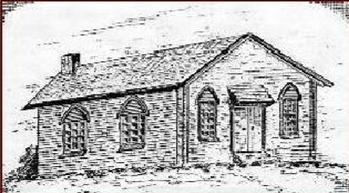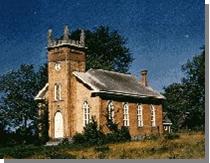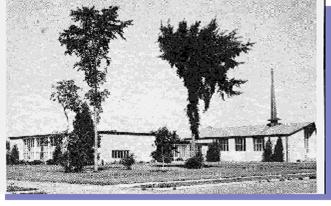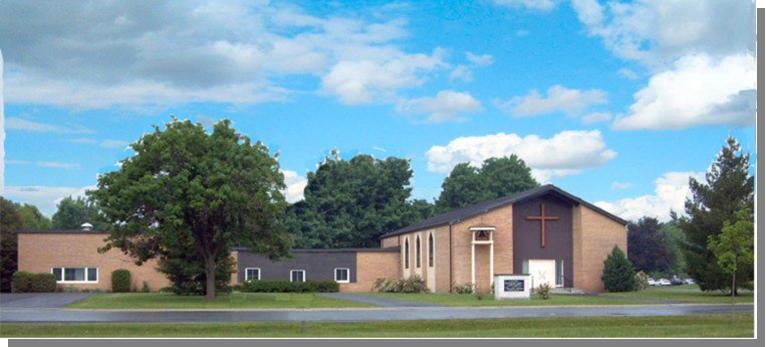The first church was called the Osnabruck Church at Woodlands, Ontario, built in 1795. Up until then worshippers had to travel all the way to Woodlands to attend service there. Beside points north in the township, this Osnabruck church served the riverfront villages of Aultsville, Farran’s Point and Wales. Because of the increasing numbers of church members a larger sanctuary was needed so it was dismantled in December, 1857, and rebuilt at Pleasant Valley in Osnabruck township north of Woodlands.
The new church was named St. Matthew’s, and was built immediately in the rear of the old one, at Woodlands. By November, 1857, the building got underway and was completed by the new year. The formal opening and naming of the new church occurred on Sunday, January 10, 1858.
As the villages served by St. Matthew’s became larger, they built their own churches. St. John’s Church at Farran’s Point came into being in the early 1870’s. Once a stagecoach stop west of the village, it was moved to Farran’s Point by Charles C. Farran, one of the church elders. As it was the only village church, more than one denomination used its facilities.
Immanuel Presbyterian Church at Aultsville was built in 1899, and officially opened for service in February, 1900.
In 1893, worshippers from Wales built their own church, called St. Marks, which continued to be part of the pastoral charge until 1925 when it went United. The three churches, St. Matthew’s, St. John’s and Immanuel, continued to share ministers, and they worked closely together until the St. Lawrence Seaway and Power Project of 1958 forced them to move from their villages. All three sanctuaries were torn down and the three congregations became one charge in the newly-built Ingleside church, named St. Matthew’s after the mother church at Woodlands.
In 2008, our congregation celebrated 50 years of existence in Ingleside. The Presbyterian churches from three villages (Aultsville, Farran’s Point and Woodlands) were demolished in the 1950’s to make way for the St. Lawrence Seaway and Power Project. These misplaced congregations could have dwindled to non-existence after the Seaway. Instead they started over as one congregation. Now half a century later, St. Matthew’s is stronger than ever and growing. Praise be to God.
We have cemented the heritage of our ongoing ministry with the publishing of our history book, “Built on Faith” which details a long and illustrious account of our spiritual journey from 1795 until the present. If you’re interested in obtaining a copy of this book, please speak with Rosemary Rutley.




